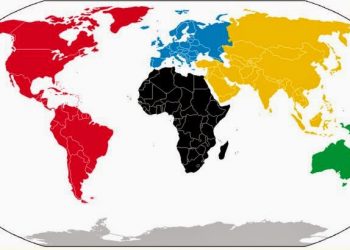Event Southeast Asia – Other historical events affecting the Dow Jones index were the fall of 1945. The index lost 19.3% from June 1946 to October 1946. Another recession also affected the Dow Jones, the same in 1953 which took place from 1 January and September 1 this year and caused a 7.5% drop. Another recession in 1957 caused an index decline of 14.1%, and the return of 1960 caused the Dow to lose 13.9%. In 1962 the Cuban Missile Crisis was another historical event that affected the average. When the embargo against Cuba was established by the United States in February 1962, the index lost 26.5%. During October this year, the balance between the two countries remained very high. And this cost Dow an additional 2% after a speech given by President Kennedy.
This is part of event Southeast Asia. The recession from 31 December 1968, to the 1970s, from 1973 to 1975, from 1980 to 1982, and 1990 to 1991 all affected the Dow Jones index at various levels. By 1970 Dow Jones had dropped 30% in a year and a half years, and from 1973 to 1975 the loss was a staggering 45%. The recession of 1980 to 1982 only caused the index to lose 16%. The invasion of Kuwait by Iraq is a different historical event affecting the index and the market. In the three months of the year after the aggression, the Dow Jones fell 18%.
Event southeast Asia is another historic collision of the stock exchange 1987, which occurred on October 19, 1987. It is believed that this accident was caused by a forced sale order issued by the computer and the result is a loss higher than 460 points. The accident is also believed to be the cause of the savings and loan crisis that occurred in 1989. In 1997-1998, the currency crisis also affected the Dow Jones index. First, in 1997 Thailand caused the devaluation of currencies in Southeast Asia when the country eliminated the dollar for the currency. Then in 1998, Russia failed to pay some bonds and the ruble has been devalued. This causes the Dow Jones down as well as the entire stock market. This drop is a huge 20% loss for the market.













